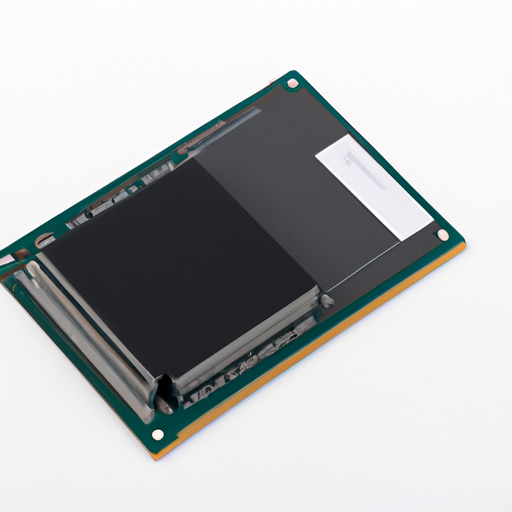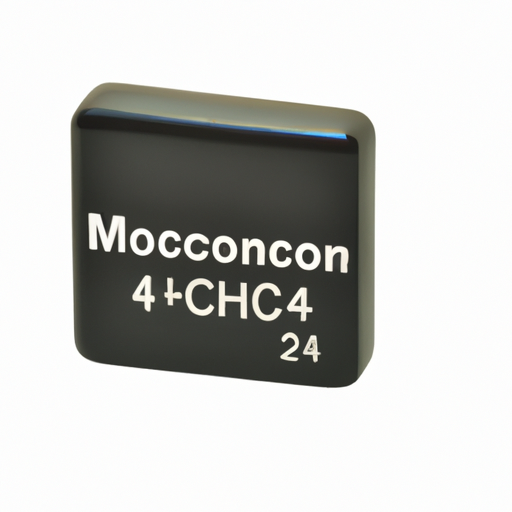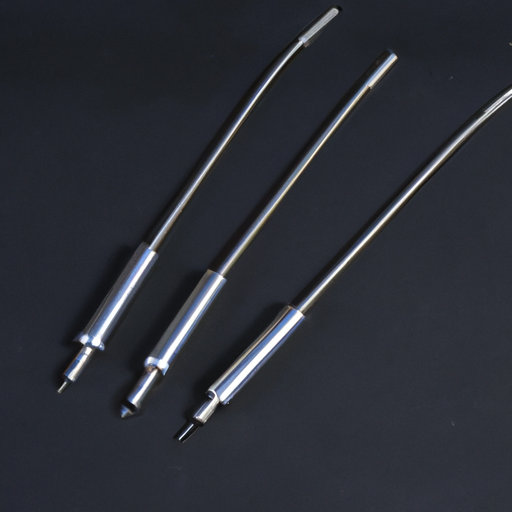CFR-25JB-52-11K Analog and Digital Output highlighting the core functional technology articles and application development cases of Analog and Digital Output that are effective.
Overview of CFR-25JB-52-11K Analog and Digital Output Technologies
The CFR-25JB-52-11K is a sensor or device that likely incorporates both analog and digital output capabilities, making it versatile for various applications. Understanding the core functional technologies behind these outputs is essential for effective application development.
Core Functional Technologies
1. Analog Output - **Definition:** Analog output provides a continuous signal that varies in proportion to the physical quantity being measured. Common formats include voltage (0-10V) and current (4-20mA). - **Technology:** Analog outputs are generated by transducers that convert physical phenomena (e.g., temperature, pressure, flow) into electrical signals. These signals can be read by controllers or monitoring systems for real-time analysis. - **Applications:** - **Industrial Automation:** Used for real-time monitoring of machinery and processes. - **HVAC Systems:** Controls temperature and humidity levels based on continuous feedback. - **Process Control:** Ensures optimal operation of manufacturing processes by providing real-time data.
2. Digital Output - **Definition:** Digital output represents data in discrete binary form (0s and 1s), often using communication protocols like I2C, SPI, UART, or Modbus. - **Technology:** Digital outputs are produced by microcontrollers or digital sensors that process and transmit data in a format suitable for digital devices. This allows for easier integration with computers and networks. - **Applications:** - **Data Logging:** Captures and stores data for analysis and reporting. - **Remote Monitoring:** Enables communication between devices in IoT applications. - **Control Systems:** Facilitates automated control based on predefined conditions.
Application Development Cases
1. Industrial Automation - **Scenario:** A manufacturing facility employs the CFR-25JB-52-11K to monitor machine performance. - **Implementation:** - Analog sensors measure critical parameters like temperature and pressure, sending real-time data to a PLC for immediate control actions. - Digital outputs provide status updates and alerts to a centralized monitoring system. - **Outcome:** Enhanced operational efficiency and reduced downtime through proactive monitoring and automated responses.
2. Environmental Monitoring - **Scenario:** A smart city initiative utilizes environmental sensors to track air quality. - **Implementation:** - Analog outputs from gas sensors deliver continuous readings of pollutant levels. - Digital outputs from weather stations relay data to a cloud-based platform for comprehensive analysis. - **Outcome:** Improved public health initiatives and informed policy-making based on real-time environmental data.
3. Healthcare Monitoring - **Scenario:** A wearable health device tracks vital signs for patients. - **Implementation:** - Analog outputs from heart rate sensors provide continuous data to a microcontroller. - Digital outputs transmit this data to a smartphone app, enabling user feedback and alerts. - **Outcome:** Enhanced patient engagement and timely medical interventions based on monitored health metrics.
4. Smart Agriculture - **Scenario:** An agricultural system employs sensors to optimize irrigation practices. - **Implementation:** - Soil moisture sensors provide analog outputs to control irrigation pumps. - Digital outputs from weather stations inform the system about rainfall predictions and environmental conditions. - **Outcome:** Improved water conservation and increased crop yield through precise irrigation management.
Conclusion
The CFR-25JB-52-11K's integration of both analog and digital outputs allows for a wide range of applications across various industries. By leveraging the strengths of both output types, developers can create responsive, efficient systems capable of handling complex data processing and communication tasks. As technology continues to advance, the combination of analog and digital outputs will be pivotal in the development of smarter, more interconnected systems, driving innovation in fields such as industrial automation, environmental monitoring, healthcare, and agriculture.





